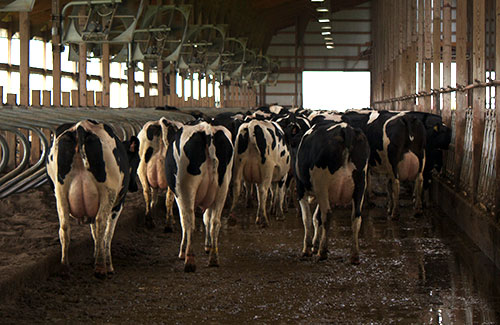
"From a consumer perspective, good welfare means the animal is feeling good and is free from fear and pain. This is what consumers believe when they buy products in the grocery store. It's just a given," explained the University of British Columbia's Animal Welfare Program specialist.
That is just the beginning of the food-producing contract.
"Consumers also believe good welfare means the animal is living a reasonably natural life," von Keyserlingk told those attending the 12th bi-annual Western Dairy Management Conference in Reno, Nev.
Tail docking just may be the most significant hot-button welfare issue facing the dairy industry.
"Science is clear in multiple studies, tail docking does not improve udder cleanliness or health," she explained. "In fact, there are studies that show that cows with tails actually had cleaner udders compared to those that were tail docked.
"If that's the case, should we continue docking tails of dairy cows?" asked von Keyserlingk.
A second clear issue is pain and how to prevent pain associated with routine procedures like dehorning.
"The public is very clear on this issue, too: In a poll of U.S. citizens, over 90 percent said we should provide pain control for dehorning," said von Keyserlingk. Again, most dairy producers are also in favor of pain mitigation for dehorning when asked. The question then is why this is not standard practice on farms?
"Collectively our work on dehorning confirms that calves do better with pain mitigation. And at the end of the day, pain mitigation for dehorning costs pennies. It is the right thing to do," concluded von Keyserlingk.
The new frontier regarding dairy animal welfare is whether or not a calf should be separated from its dam at birth. So far research is not conclusive in this area.
(c) Hoard's Dairyman Intel 2015
March 9, 2015









